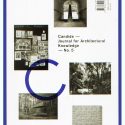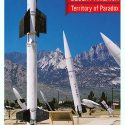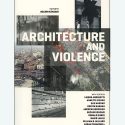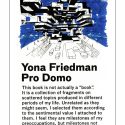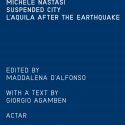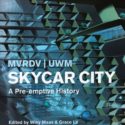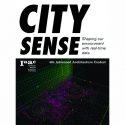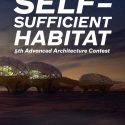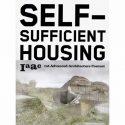Your Cart is empty
Candide 5
A periodic journey of architectural knowledge
Axel Sowa, Susanne Schindler
Candide is a peer-reviewed journal dedicated to exploring the culture of knowledge specific to architecture. In this fifth issue of Candide, rather than one Essay, you will find six articles on the notion of architectural knowledge, and rather than one piece of Fiction, you will be pulled into seven episodes on the elusive quest for architectural greatness. Framed by these shorts, in Analysis, Ian Pepper challenges the reception of Richard Serra by looking at the American artist’s intervention on a nineteenth-century railroad bridge, previously transformed by the Swiss engineer Robert Maillart. In Encounters, Kim Förster employs oral history to unearth stories from behind the scenes of New York’s Institute of Architecture and Urban Studies (IAUS), focusing on its program of publications in the late 1970s and early 1980s. In Project, Luc Merx reflects on aspects of ruin and figuration in “Rokokorelevanz,” a research and design project ongoing since 2005. With contributions by Mario Carpo, Kim Förster, Pedro Gadanho, Sophie Houdart, Luc Merx, Ian Pepper, and Katherine Romba, among others.

